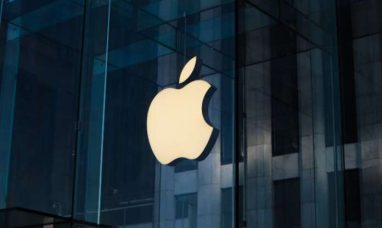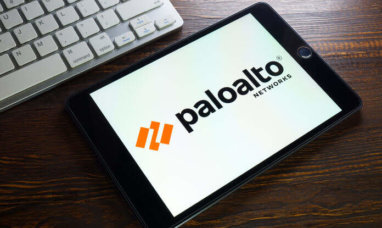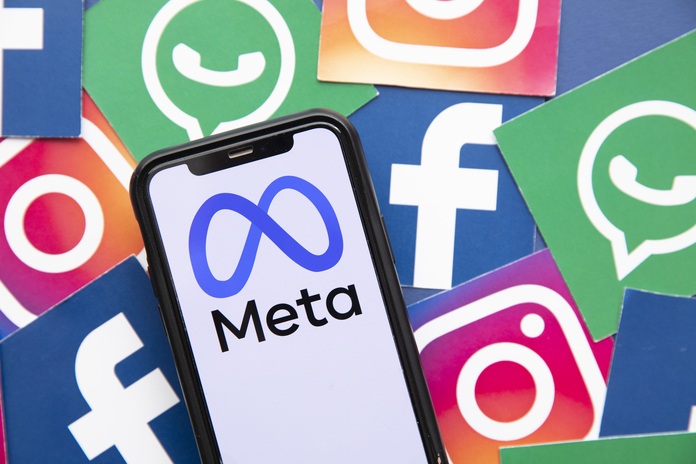Apple Stock (NASDAQ:AAPL)
Apple (NASDAQ:AAPL) debuted its first new piece of hardware in over a decade this week, formally entering the world of virtual reality. This, like most of Apple’s big reveals, was not exactly a big mystery. We knew a mixed reality headset was on their radar because the business dabbled with it for years before entering streaming.
And we knew it would be expensive.
At least, most of us did… For many, the $3,500 price tag was still a rude awakening.
That price was received about as well as one would expect.
“I will personally come to your house and move your couch closer to the TV for $3,500.”
“For $3,500, the box had better have $2500 in it.”
“For $3,500, I expect Tim Cook to hand deliver it to my house and cook me a 3-course dinner before singing me a lullaby and putting me to sleep.”
Then all, this is Apple, and pricey devices are their specialty… However, it works, and investors should have little anxiety that a similar result will not be obtained (even if it will take some time).
As always, some context is in order.
Companies have been attempting to make VR a reality for many years. The challenge was that no one could successfully bring what had previously been a lure for theme parks to the house for a modest cost. The equipment was pricey, the interface was clumsy, and the number of games/apps available was restricted.
It has come a long way since then, with Meta (NASDAQ:META) and Sony (NYSE:SONY) lending credibility to the concept. Both have created two generations of units (so far) that have made VR more inexpensive and plentiful.
Despite this, many people do not care.
People were assured that the Ready Player One world, in which we all live inside a VR simulation, was “just around the corner,” and that the “metaverse” will help usher it in.
Not exactly.
In fact, the “metaverse” grew so ridiculous that it dragged VR with it.
What’s happening today is that VR is available if you want it, but most people would rather buy a gaming system because that’s what their buddies have. By comparison, VR units are actually less expensive than consoles (unless you want the beefed-up variants), but once again, a number of huge franchises haven’t made the transition – and some of those that have aren’t fully fleshed out, so nothing has changed overall.
The point of all of this is that VR has not taken off in the way that firms had intended, therefore Apple charging so much more for a device has surprised many people.
Nonetheless, this is classic Apple.
Whatever industry the corporation enters, Apple has a habit of barging in as if they are the only ones who matter, and eventually convincing people that this is the case.
Apple did not invent the phone, tablet, or MP3 player; they simply advanced technology in ways that no one else was doing at the time. Yes, Apple has competitors in each of its hardware sectors, but a substantial portion of the population doesn’t care. They want an iPhone, an iPad, or an Apple Watch since Apple is known for being new and inventive.
Apple exists because of those folks; they have made a fortune on early adopters eager to effectively beta-test their product in the market and pay for the privilege.
It doesn’t matter how much it costs… They are unconcerned about the fact that the first-generation model normally comes with expensive first-generation equipment.
That group will pay for it, and they will do so cheerfully.
And, as with the other “i” items, word of mouth will ultimately reach a fever pitch, and the next generation of consumers will splurge – and not long after, preceding models will be cheaper, and more people will buy, resulting in the market being saturated with those devices until they become commonplace.
Apple TV is a wonderful example; currently, you can buy a Roku or Amazon Fire Stick for approximately $25 and have access to a full suite of entertainment apps (along with other capabilities). However, a basic Apple TV device costs roughly $125 (new), and while it may create higher quality video/audio and work (almost) flawlessly with your other Apple devices, is the extra $100 really worth it to the typical consumer?
No, but that gleaming Apple logo seemed to work for a certain demographic.
Apple is betting on this once more with Vision Pro.
It’s the allure of the Apple brand, as well as the prestige component. Make no mistake, Apple believes in magic; if you need proof, go no further than their inclusion of Disney (NYSE:DIS) and its CEO Bob Iger in the presentation. Disney is a firm founded on magic, so its participation made perfect sense.
Apple intends to use the device’s XR characteristics to create immersive tales that put consumers at the center. It offers a story for the user to enter into, whether it is as basic as being front-row at a concert or connecting with nature while sitting in your living room. Does this sound familiar?
What’s fascinating is that Meta’s third Quest iteration will include a version of the AR/MR component that Vision Pro will include – for a fraction of the price ($500). But it’s the Roku/Fire Stick debate all over again…While a similar item might be purchased for less money, a select number of people will choose the more expensive model because of the name
And Apple did something clever here as well, designing their headset with a more open and clear front… whilst the Quest and Sony devices are completely enclosed. While Quest allows you to engage with the outside world via strategically positioned cameras…you can also see through Vision, which means that others can see you as well.
It’s a little distinction, but most consumers will see a closed version vs. an open version and make a purchase based solely on appearance – they won’t realize (and some won’t care) that both feature the mixed-reality element. Potential purchasers will be interested in the Vision’s eye-tracking and hand-tracking capabilities (i.e., no need for controllers) – it’s all part of the same “wow” package.
People aren’t happy with the amount of personal data Facebook collects, so putting another device capable of doing the same into their homes is a non-starter.
Apple’s ability to understand its audience is where it excels. The corporation is well aware of the characteristics of the average consumer and uses it to its advantage. The Vision Pro will look spectacular and represent a significant improvement in MR visuals, but it is only the first pass.
This is a high-level proof of concept.
They will then apply what they have learned to prepare for the next one, the next one, and the next one.
Apple pushes its products into the mainstream, and this new venture into mixed reality will be no exception. Investors are aware of this, and most who have invested long enough to grasp know something others do not: Apple does not have a clock.
The company’s products arrive when they are expected to arrive, and they will always strive to keep “perfecting” them… Yes, there is a cost, but it is one that Apple’s core audience can afford.
This isn’t a race, nor is it a sprint. This is a deliberate strategy to go into a new area where Apple sees considerable value, and it may appear unconventional at times.
Investors in Apple stock simply need to stay focused and avoid distractions – this is not a quick fix and was never intended to be. Apple stock has gained more than 45% year to date.
Featured Image: Pexels @ Tranmautritam
















